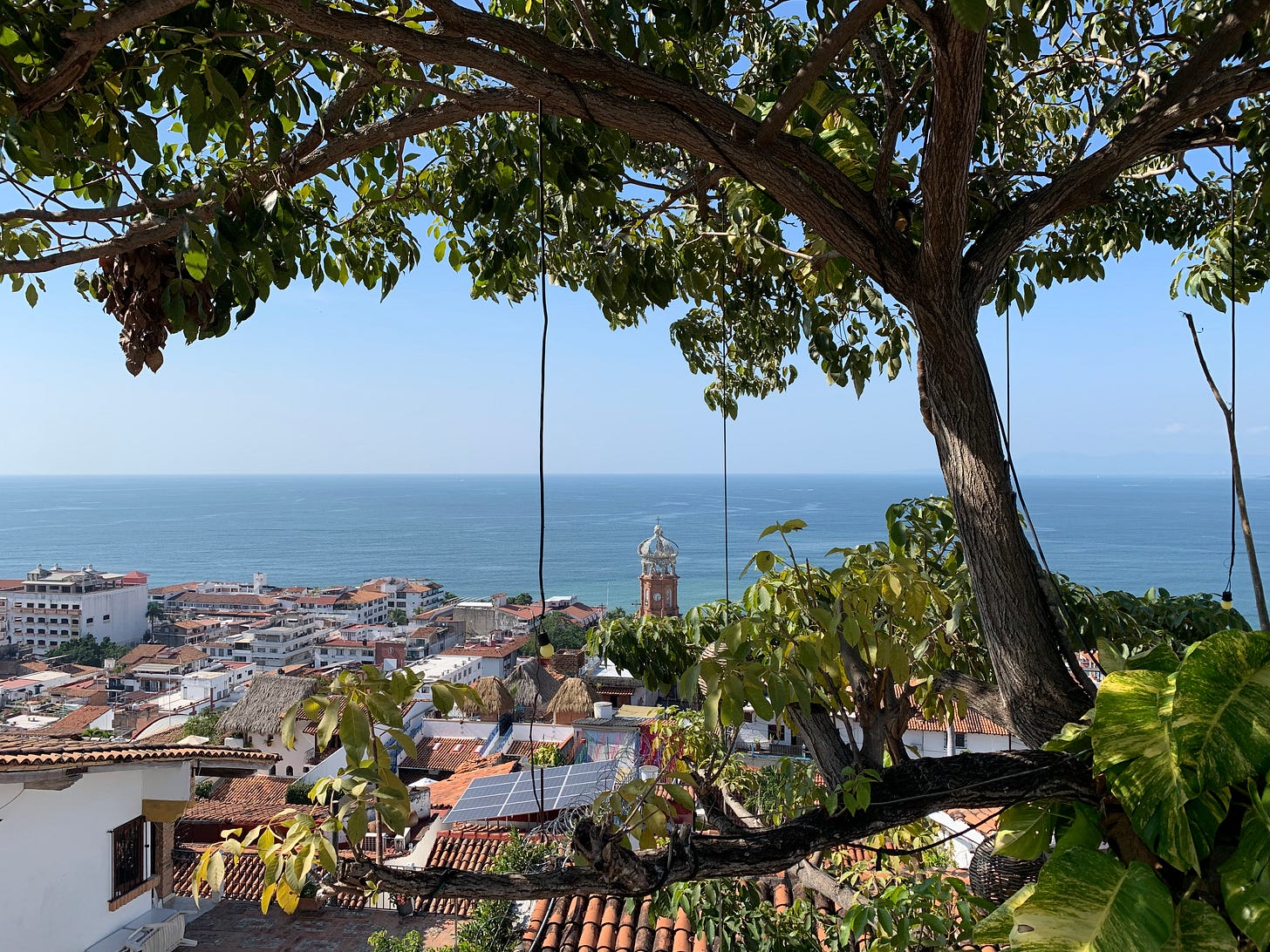What's wrong with walkability?
The problem of approaching a basic human need as a lifestyle choice
The problem of walkability is that, as everything concocted in North America, it’s being approached by place-makers, designers, and even governments, as a lifestyle choice.
While there’s a lot to like about lush boulevards lined by low- and mid-rise character buildings and funky patios, achieving such a vision isn’t feasible everywhere.
Some places are dry, so the lush greenery is out.
Some places are freezing cold for half the year, so sitting in a patio year-round isn’t precisely the most fun.
As for character buildings—those are few and far between, especially in cities across North America.
So what gives? Replace the greenery as it dies in the harsh weather? Bring in heaters when the weather gets too nippy? Build faux heritage buildings?
Even if the answer is yes, doing this comes at a cost, which means that only affluent areas would have the capacity to nudge people to choose to walk.
For many pedestrians, however, walking isn’t a choice—and they will walk regardless of the imperfect conditions they have to do it in.
I observed this first hand last winter, when I visited Puerto Vallarta for the first time in at least a decade.
Because the nearest airport to my hometown is in Puerto Vallarta, my husband and I spent a night there, and stayed close to the Zona Romántica, a part of the city I’ve barely visited in my lifetime. (Yes, Puerto Vallarta is a city of over 200,000 people.)
Ten hours after leaving our place in Calgary, we arrived at the hotel—in a ravenous state.
I really wanted to try a seafood taco stand I’d seen on the Instagram feed of a local foodie (who also has a Substack, btw), so I disregarded the challenges of walking with a cane on the uneven sidewalks and (extremely) steep cobblestone streets that would take us to our destination. I also failed to consider the hot, humid weather that would turn a 15-minute walk into a rather melty experience.
Needless to say, many detours from the route suggested by Google Maps had to be made, as some parts were impassable for my crippled self, turning a short walk into a rather sweaty, hangry odyssey.
While I would have preferred not to walk in such conditions, I was surprised to see so many people walking.
More, some people didn’t just walk, they also pulled a chair and tucked it by the entrance to their home, creating a patio of sorts to people-and-traffic-watch, as the loud public transit buses sped down the bumpy street.
A strange form of entertainment, for those of us who’d rather sip a Margarita in a shaded patio away from traffic fumes.
After what seemed like an eternity, we found the coveted taco stand, which despite its haphazard set up on the side of the road, was buzzing with customers.
Thankfully there was some shade, provided by a couple of not necessarily lush trees and a tarp installed above the stall.
The soundscape wasn’t composed of birds chirping or waves crashing on in the shore, as an idyllic image of Puerto Vallarta would have it. Instead, it was a cacophony of rattly cars, buses and motorcycles driving down the busy street half a block away.
Yet none of this seemed to be an obstacle for pedestrians to go about their day by foot—not even for me and my unstable knee.
Sitting by the stall, with a taco capeado de camarón in hand, I also came to the realization that vibrancy can take unexpected forms. That perhaps we give too much credit to our overly manicured landscapes, to making places “desirable.”
While comfort and accessibility are of the utmost importance for walkability, my little adventure in Puerto Vallarta shows that when people don’t have a choice—they will walk.
Wouldn’t it be nice to ensure that those who have to, can do it safely and comfortably? Instead, cities seem to cater to the desires of those who have a choice.
With our bellies full, we walked towards the malecón, which provided a contrasting scene.
Fully pedestrianized about a decade ago, the malecón has all the features required by our North American walkability standards:
No cars
Lush greenery
Character buildings
Comfortable seating areas
Bike lanes to nowhere
Homogenous street vendors
All of this set up so tourists can enjoy their choice to walk to an overpriced restaurant, buy pseudo-authentic crafts, or take a selfie by the human-sized letters of a Puerto Vallarta sign.
While I fully admit this is a bit of an extreme example, tourist areas tend maximize the manifestations of inequality, and this is hardly a Puerto Vallarta or a Mexico problem. Wherever you go, you can find that walkability, as we’ve come to understand it, seems to be reserved for those who have a choice—and the rest of us can just keep walking.
Reluctantly yours,
Ximena





Really interesting take. Walkability indexes pay little notice to places where people pretty much have to walk. Walking as necessity and walking as choice are very different things!
Love this insight Ximena. Thank you for sharing! Also, what's up with the knee?